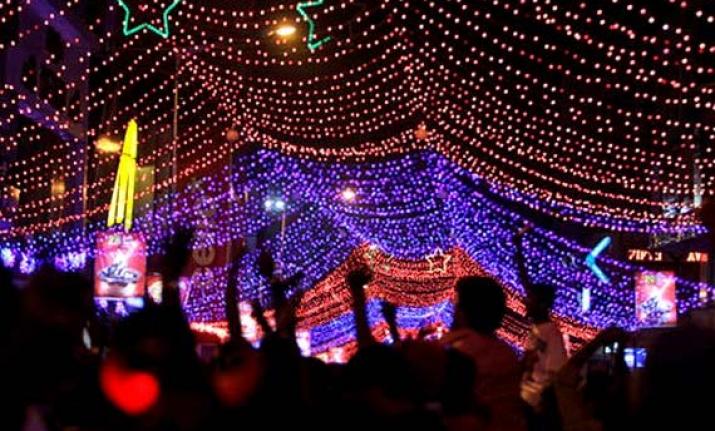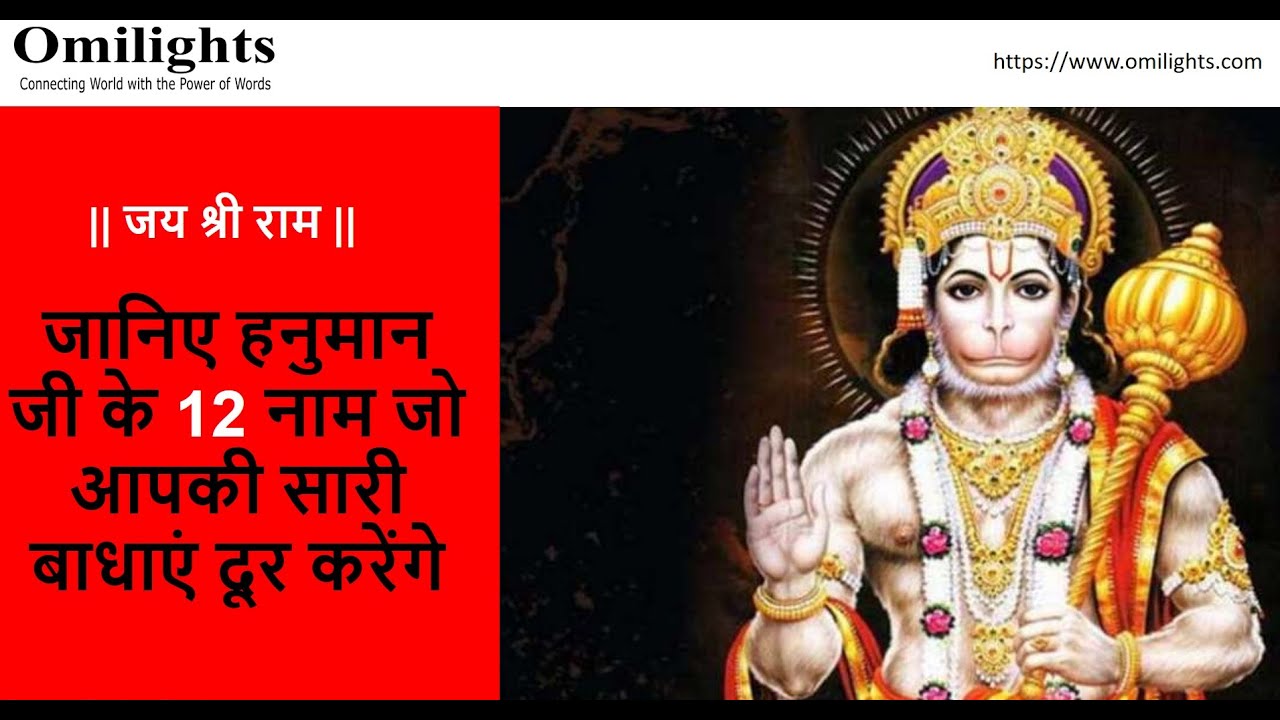India is a land of festivals, reflecting its rich cultural heritage. We Indians, are fortunate to have so many festivals. We have a festival for each occasion, be it the beginning of the year, the beginning of the season, thanksgiving for good harvests, marking lunar and solar cycles, birth, marriages and reincarnation of our God Goddesses, mythological significant, religious commemoration and culture.
There is a famous saying “All well that ends well”, but a perfect ending is a bud for other perfect beginning. The new year is the beginning of a new life with a new ray of new hopes and yearnings. In the Gregorian calendar (Scientific solar calendar), 1st day of month January is celebrated as New Year. But according to Hindu calendar, we have different days to celebrate New year as per region, season and religion. These days are celebrated in different parts of India here is the list of states in India.
2 Main Hindu calendars
Hindu calendar is also called “Panchanga”. There are basically two Hindu calendars followed in different regions of India discussed below
- Lunar Calendar
In north India, people follow Vikram samvat as the calendar. This calendar was named after king Vikramaditya and was started using in practice in 57 BC. It is a lunar calendar which takes into account the movement of the moon. This calendar also has 12 months like Gregorian calendar.However, there are only 354 days in a year according to the Lunar calendar compared to 365 days in the Gregorian calendar. Hence every third and fifth year in a cycle of five years has 13 months (the 13th month is called Adhik Maas). According to the lunar cycle based calendar, New year falls in spring which is the king of all seasons. lunar calendars have, waxing and waning cycle of the moon, two paksha forms, Shuklapaksha and Kishan paksha, each paksha having 15 days.Shukla Paksha ends with a full moon (Poornima) and Krishan Paksha ends with no moon day (Amavasya).
- Solar Calendar
In South India, Shalivahan Saka is followed based on solar movements. According to the solar cycle based calendar, New year falls in autumn. Saka Samvat has been adopted as an official civil calendar by India on 22 March 1957. Saka Sambat starts from 78 AD, whereas Vikram Samvat starts from 57 BC. Bali celebrated Nyepi, translated as the Day of Silence, on March 22 or Saka New Year.
New Years in different parts of India based on Hindu Calendar
- Ugadi or Yugadi
Ugadi is celebrated as new year in the state of Karnataka, Andhra Pradesh, Telangana in the month of March-April (Chaitra month) with gusto and devotion. This day also marks the beginning of Chaitra Navratri, that leads up to Ram Navami, Lord Rama’s birthday, celebrated on ninth day. The date brings in the festivities where people buy new clothes and have good food. - Gudi Padwa- Maharashtra
Gudhi Padwa marks the traditional new year of Maharashtra. It is celebrated on the onset of spring and the reaping of Rabi, winter crops, in Maharashtra.It is celebrated on the first day of the Chaitra month to mark the beginning of new year. The festival is observed with colorful decorations called rangoli.Gudi flag is a bright yellow or red cloth garlanded with flowers, mango and neem leaves tied to the tip of a long bamboo and copper or silver pot placed in inverted on it.Gudi is believed to ward off evil, invite prosperity and good luck into the house. This day is also the first day of Chaitra Navratri and Ghatasthapana also known as Kalash Sthapana. Historically, the Gudi symbolizes Lord Rama’s victory over Ravana, and the happiness and celebrations that followed.Since a symbol of victory is always held high, so is the gudi (flag). The festival commemorates the coronation of Rama post his return to Ayodhya after completing 14 years of exile. It is also believed that Chattrapati Shivaji started celebrating Gudi Padwa.
- Baisakhi(Vaisakhi) – Punjab and Haryana
Celebrated on 13 or 14 April, Vaisakhi or Baisakhi is the bright and soulful harvest festival, celebrated with great fervour and splendour in Punjab and Haryana region. Baisakhi also stands as the day of the formation of the Sikh Khalsa – warrior community by tenth Sikh guru- Guru Govind Singh, and is also known as Khalsa Sirjana Divas and Khalsa Sajna Divas. It was the day of Vaisakhi only, on 13 April 1919, when colonial British empire officials executed heinous massacre of Jallianwala Bagh. - Vishu
It is the hindu calendar new year celebrated in the Indian state of Kerala on 14 April. The first day of the month is called Madam in the Malayalam calendar.Vishu” means “equal” in the Sanskrit language. On the pious occasion of the Vishu the Sun enters the Aries rashi, and there is an equal amount of day and night time. It is believed that Lord Shri Krishna attained victory by killing the demon Narakasura on this day. - Bohag Bihu – Assam
Bihu marks the beginning of New year for Assamese people. There are three forms of Bihu festival:- Bohag Bihu or Rongali Bihu: It begins in the middle of April begins with the sowing of seeds).
- Magh Bihu or Bhogali Bihu: It begins in the middle of January, and marks the complete process of sowing and transplanting of paddies.
- Kaati Bihu or Kongali Bihu: It begins in October/ November, and marks the end of the harvesting period.
Bohag Bihu Celebrations
On the first day, Cow is washed, bedecked and worshiped, followed by Manuh (human) Bihu on April 15 to pay homage to elders and relatives. The next day after this is called Gosain Bihu. On this day religious activities take place. - Puthandu
The traditional New Year in Tamil starts in mid-April either on 13 or 14 April, the first day of Tamil month Chithirai. People during this festival wish each other, “Puthandu Vazthukal” which means happy new year. This auspicious day is also popular as Varusha Pirappuv. The special food of this celebration is Mangai Pachadi, made of raw mangoes, neem flowers and jaggery. As per the Hindu mythical legends, Lord Brahma started the creation of the universe on this day. - Pohela Boishakh – Bengali New Year
Celebrated with great enthusiasm during the mid of April, The Nabo Barsho is the Bengali New Year. Pohela Boishakh is celebrated by tribal people in hilly regions of Tripura and also in other cities. The festival of Nabo Barsha was introduced by the great Mughal emperor, Akbar. - Best Varas – Gujarati New Year
Best Varas, Gujarati New Year is celebrated with five day of Diwali festival. It is celebrated on the next day of Diwali. Gujarati New Year is synonymous with Sudekum of the Kartik month. It is the first day of the first month of Gujarati calendar.According to the legends, Lord Krishna once performed Govardhan Pooja along with the people of Vraja for their protection from heavy rains. Since then, it became a tradition to worship Govardhan Parvat and celebrate this day as a New Year. This day also marks the beginning of the harvest season in Gujrat. - Losoong – Sikkimese New Year
The Losoong is one of the most known and ancient festivals of Sikkim, celebrated in December. The festival falls on the 18th day of the 10th month of the Tibetan lunar calendar. The festival marks the end of harvesting season. It is also called as “Sonam Losar” the farmer’s new year. Chham dance is one of the major attraction of this festival. - Navreh – Kashmiri New Year
Navreh, the lunar new year falls on the first day of Chaitra Navratri, and is regarded as sacred in Kashmir as the Shivratri. - Sajibu Nongma Panba- Manipuri New Year
Sajibu nongame panda, the New Year celebration of the animalism followers of Manipur. It is celebrated on the same of Udadi or Gudi padwa. Traditional offerings are made to the deity, Lainingthou Sanamahi, and then consumed by the family. - Hijri – Islamic New Year
The Muslim New Year is celebrated on the first day of Muharram. The New Year is celebrated with ancient customs & traditions for incoming spring. - Rosh Hashanah- Jewish New Year
Rosh Hashanah means “Head of the Year”. The Jewish community in India is a small but a significant one. It is celebrated in the first two days of the month of Tishrei—the seventh month of the Hebrew calendar. - Nowruz- Parsi New year
Nowruz marks the New year of parsi community, celebrated on the first day of the first month(Farvardin) of the Iranian calendar, usually on March 21 or the previous or following day, depending on where it is observed. Read more about Nowruz celebration - Losar Buddhists New year
Losar, day of Tibbetan bhuddist New year, starts on the first day of the first month of the Tibetan Calendar when the new moon is sighted. - Cheti Chand- Sindhi new year
Sindhi celebrate their new year as Cheti Chandandrking to celebrate the birthJhulelaal, Lal Sai or Istadeva Uderolal- the saint of Sindhis. The celebration is done with gaiety and fervor. Sindhis make a symbolic representation of their God Jhulelal in their household, which is known as Bahrana Sahib. A just (oil lamp), photo (cardamom), fruits and Akha (mix of rice and sugar) are the main constituents of Baharana Sahib. After worshipping for 40 days, on the 41st day, Baharana Sahib is taken to the river and offered to the River God.
Also Read:
- Janamashtami – Birthday of Lord Krishna
- Deepawali Name, meaning and Significance
- Dattatreya -Legend, why we celebrate Datta Jayanti?
- Know why People don’t eat Onion and Garlic in Navratris
- Vishu Festival in Kerala-Meaning and Significance
- Dhanteras-Legend and Rituals of the Hindu Festival
- Celebrate this Diwali for Good Luck and Happiness
- Vishnu Dashavatar | Various Incarnation of Lord Vishnu on Earth
- Govardhan Pooja on the fourth day of Diwali
- Dhanteras festival legends, rituals and significance
- Gautam Buddha Life and Buddha Purnima celebrations
- 12 Strong Names of Hanuman Ji
- Bhai Dooj Celebrations, Significance, Story




